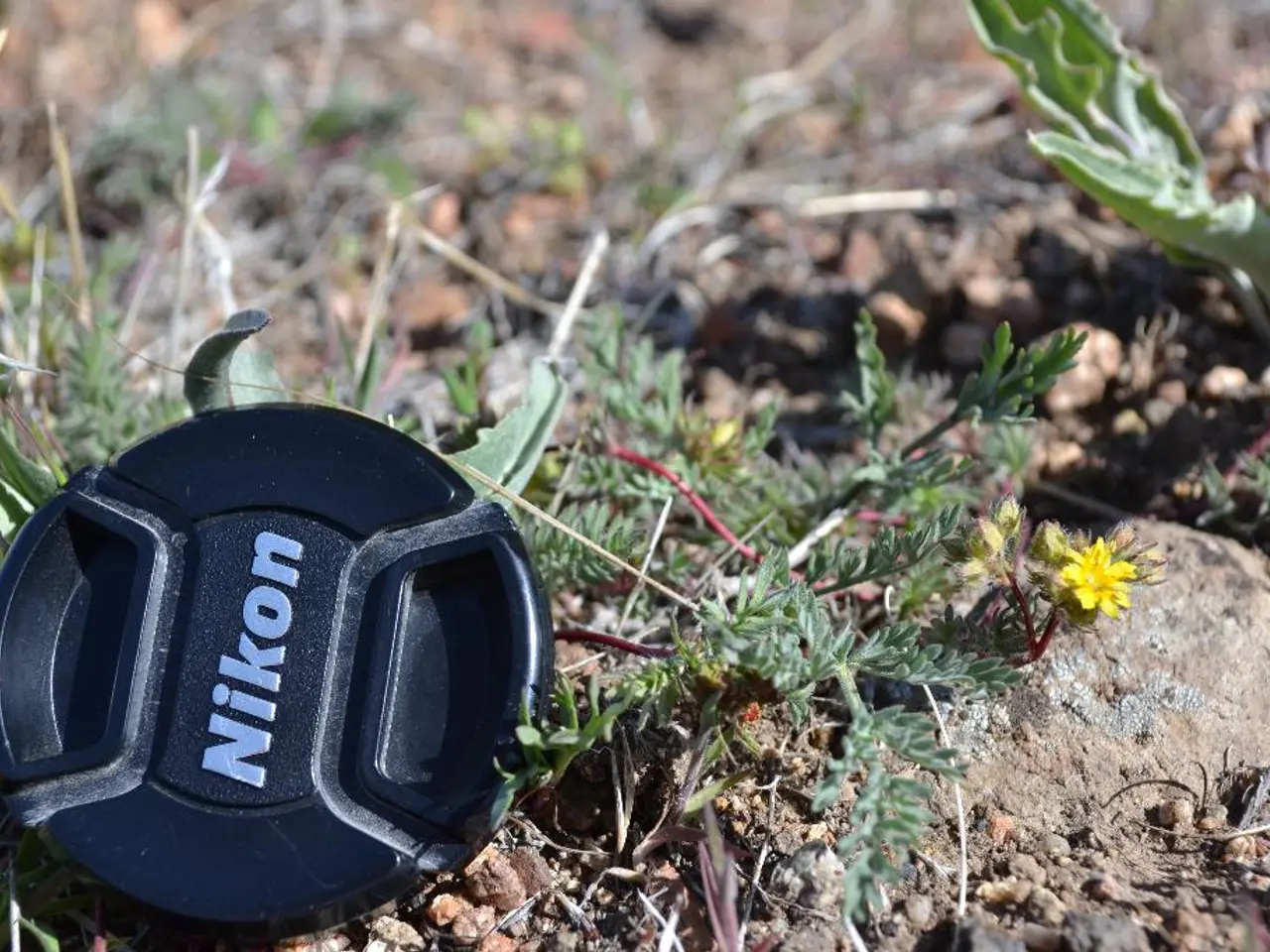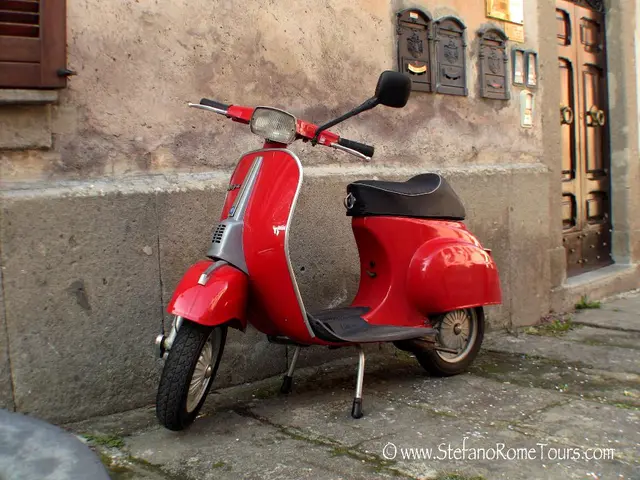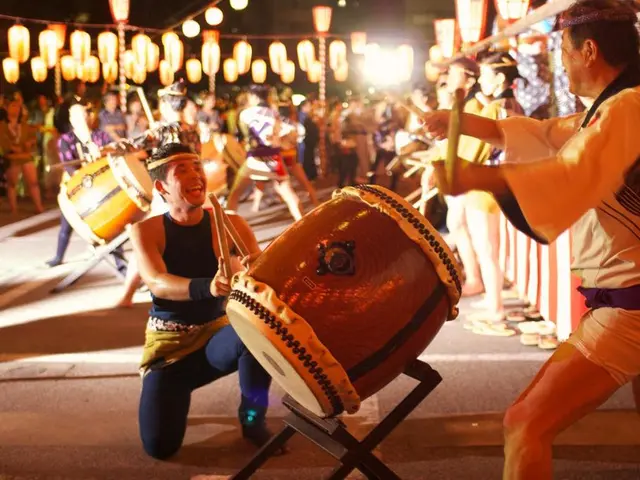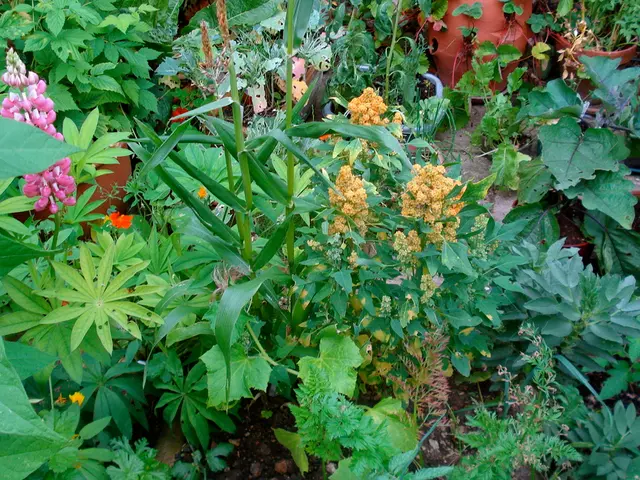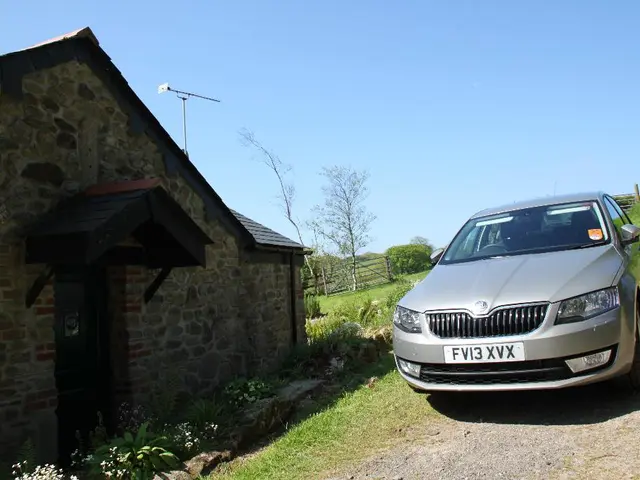Cost Analysis in Landscaping: Uncovering the Real Expenses Between Artificial Grass and Natural Turf
In the world of landscaping, the long-term costs of artificial turf versus natural grass have become a pivotal question. By carefully evaluating the financial implications and weighing them against specific needs and priorities, homeowners and businesses can make an informed decision that maximizes both their budget and their enjoyment of their outdoor space.
When comparing the long-term costs of artificial turf versus natural grass, several factors come into play, including initial investment, maintenance expenses, and environmental impacts.
**Initial Investment**
Artificial turf has a significantly higher upfront installation cost. For example, installation might run about $12 per square foot, amounting to around $14,400 for a 1,200 sq ft area, which includes base preparation but excludes irrigation costs since turf doesn't need watering[2]. Natural grass installation is lower upfront, approximately $6.25 per square foot or $7,500 for the same area, but this includes the irrigation system and installation costs (~$4,500)[2].
**Maintenance Costs Over Time**
Artificial turf requires minimal maintenance: typically an annual power brush costing about $175, with no watering, fertilizing, or mowing required[2][3]. In contrast, natural grass entails significant recurring expenses: irrigation alone costs about $684 per year, with additional expenditures on fertilizer, weed control, irrigation repairs, and mowing, summing to about $2,268 annually for the same 1,200 sq ft[2].
**Environmental Factors**
Natural grass provides environmental benefits such as filtering air and water and supporting soil life, but it requires extensive water use, frequent mowing (which consumes fossil fuels and emits greenhouse gases), and chemical treatments that may negatively impact ecosystems[3]. Artificial turf eliminates the need for watering, fertilizing, and mowing, reducing water consumption and emissions. However, it may contribute to heat retention on surfaces, can have a higher environmental footprint in manufacturing and disposal, and does not support biodiversity or soil health[3].
In drought-prone or water-restricted areas, artificial turf can be an environmentally practical alternative despite its other drawbacks. Synthetic turf is often made from recycled materials and can be recycled at the end of its lifespan, making it a more sustainable option compared to natural grass.
**Summary Table**
| Factor | Artificial Turf | Natural Grass | |------------------------|--------------------------------------------|-----------------------------------| | **Initial Cost** | High (~$12/sq ft; $14,400 for 1,200 sq ft) | Lower (~$6.25/sq ft; $7,500 incl. irrigation) | | **Annual Maintenance** | Low (~$175/year – brushing) | High (~$2,268/year – irrigation, mowing, chemicals) | | **Water Use** | None | High; frequent irrigation needed | | **Environmental Impact**| No water, no chemicals, but heat retention and disposal concerns | Air and water filtration, soil support, but chemical and water intensive | | **Longevity** | 15–25 years with proper care | 15–25 years with care |
In essence, while artificial turf demands a higher initial investment, it offers significant savings on maintenance and water usage over the long term, making it cost-effective within a few years and environmentally advantageous in water-scarce regions. Natural grass, despite lower upfront costs and environmental benefits related to ecosystem support, incurs ongoing maintenance expenses and requires large water inputs that may add up financially and environmentally over time[2][3][4].
Maintenance expenses for artificial turf are generally lower than those for natural grass over the long term. The imperative of environmental stewardship plays a role in the growing popularity of artificial turf as a landscaping choice. Factors such as water conservation efforts and potential rebates for installing artificial turf can further enhance its cost-effectiveness over time. The environmental benefits of synthetic turf, such as water conservation and reduced use of pesticides and fertilizers, contribute to its overall value proposition. Artificial turf eliminates the need for water, pesticides, and fertilizers, reducing the environmental impact associated with lawn maintenance. The absence of ongoing expenditures for lawn care products, equipment maintenance, and professional landscaping services further bolsters the cost-effectiveness of artificial turf in the long run.
- In the realm of landscaping, the discussion about the financial implications of artificial turf and environmental-science aspects in home-and-garden settings has gained prominence.
- By examining the initial investment, maintenance costs over time, and environmental factors, businesses can assess the long-term cost-effectiveness of both artificial turf and natural grass, considering the unique needs and priorities of their lifestyle and business operations.
- In the competitive world of business and technology, the use of artificial turf instead of natural grass can provide significant financial benefits by reducing maintenance expenses and water consumption, while also contributing to environmental sustainability, thereby enhancing a company's overall image and commitment to social responsibility.
